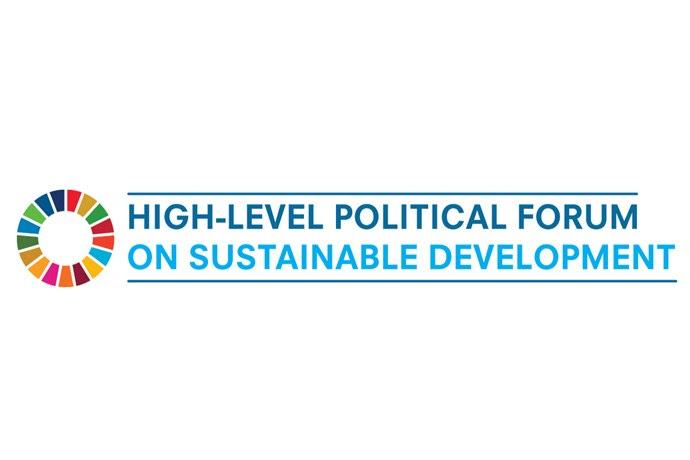HLPF 2021
HLPF 2021 Quality education and lifelong learning for all – sustainable recovery from Covid-19 pandemic
Sectoral Paper, GCE President’s Speech, Information for Members, EASG Side Event, GCE Side Event
The COVID-19 pandemic has created the most severe disruption to global education systems in history, forcing more than 1.6 billion learners in over 190 countries out of school at the peak of the crisis. All sectors and levels of education and learning were negatively affected: formal and non-formal education, schools, universities, community learning centres, adult literacy courses, etc. Not only learners – teachers, parents and family members were affected too.
Schools closure meant not only losing the chance to continue education and learning, but for millions of children, it meant losing a lifeline, necessary socialisation, safety, a meal, and a chance for a better future. Moreover, this is threatening the progress made towards gender equality- being out of school means a bigger risk of adolescent pregnancy, early and forced marriage, and violence, for many girls around the globe.
There are two obvious ways in which education helps people to cope with the new situation that COVID-19 presents – teaching about health, viruses, prevention measure, and new behaviour. Education also plays a role in teaching people how to better use digital technology, as it enables them to continue learning, schooling, and learning skills that help them to find a job or to work from home.
But the pandemic exposed the clear need for other types of content, which should be considered in the recovery period. Not only provision of health education and digital skills should be increased, but also media literacy, critical thinking and civic education, because of the increased need for information, orientation and critical understanding that people have in times of crises (esp. regarding fake news, conspiracy theories, etc.). Civic education should raise awareness about the importance of upholding human rights during the pandemic, because authoritarian regimes used pandemic as an opportunity to cut civic rights, freedom of speech, participation of citizens, etc. Education and learning should include awareness of the ways in which people participate in democratic societies and decision making. Also central is sharing information and raising awareness about the global issues of sustainable development, anthropogenic climate change and environmental degradation that could cause or encourage the spread of new diseases.
While online and remote learning did help to bridge the gap and disruption that the pandemic caused in education and showed many advantages that ICT and digital technologies offer for the lifelong learning and education, the exclusive focus on online technologies could leave millions behind, increase existing digital gaps and thus reduce the potential support learning can provide to achieve other SDGs. For many areas of education, and for many marginalised groups, in-person instruction will remain an important form, so the recovery efforts should find an adequate balance.
The pandemic deepened inequities in accessing and benefiting from education and revealed the challenges to education that have not been adequately addressed before. In order to guarantee everyone’s right to education, it is necessary to focus on the recovery of the education system: schools and other educational institutions, as well as on lifelong learning opportunities at every age. Further on, it is important to tackle systemic inequality and discrimination, and to use education and lifelong learning to prevent future crises, or to mild their consequences. It is necessary to invest more, increase quality, support teachers and educators, so they can cope with the new challenges, and focus on those most excluded from educational opportunities.
Education and learning help not only to think about the ‘new normal’, but also help to re-think and critically address the problems of the ‘old normal’ – uneven global development, power structures, and socioeconomic disparities that lead to increased gaps, widen inequalities and injustice, with every new crisis.

